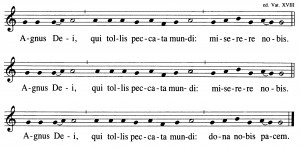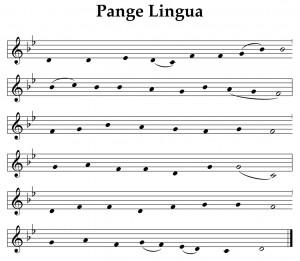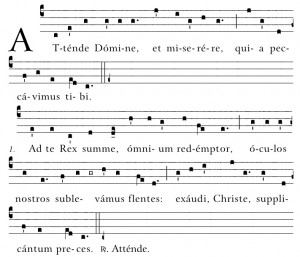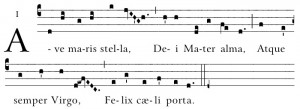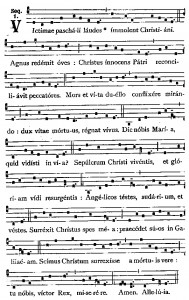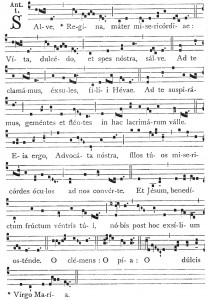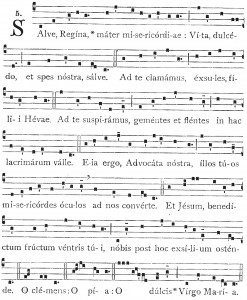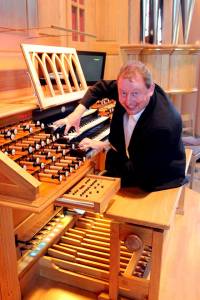Lamb of God, you take a way the sins of the world. Have mercy on us.
Lamb of God, you take a way the sins of the world, have mercy on us.
Lamb of God, you take a way the sins of the world, grant us peace.
Probably the best known chant setting of the Agnus Dei, this setting from Mass XVIII in the Graduale Romanum is indicated for use on the ferias of Advent and Lent as well as for Vigils, Ember Days and Rogation Days.
See a list of other popular chant themes here.

